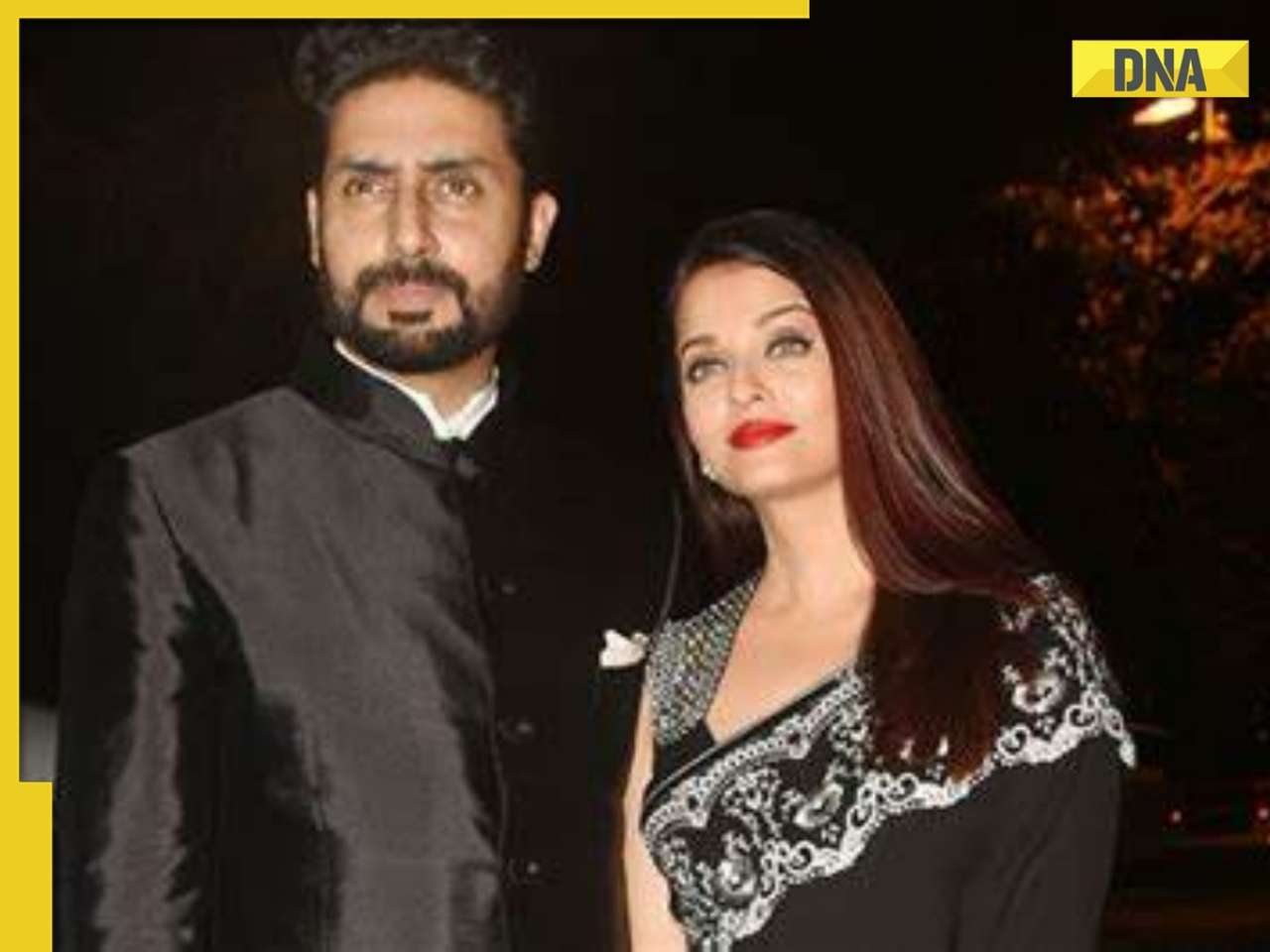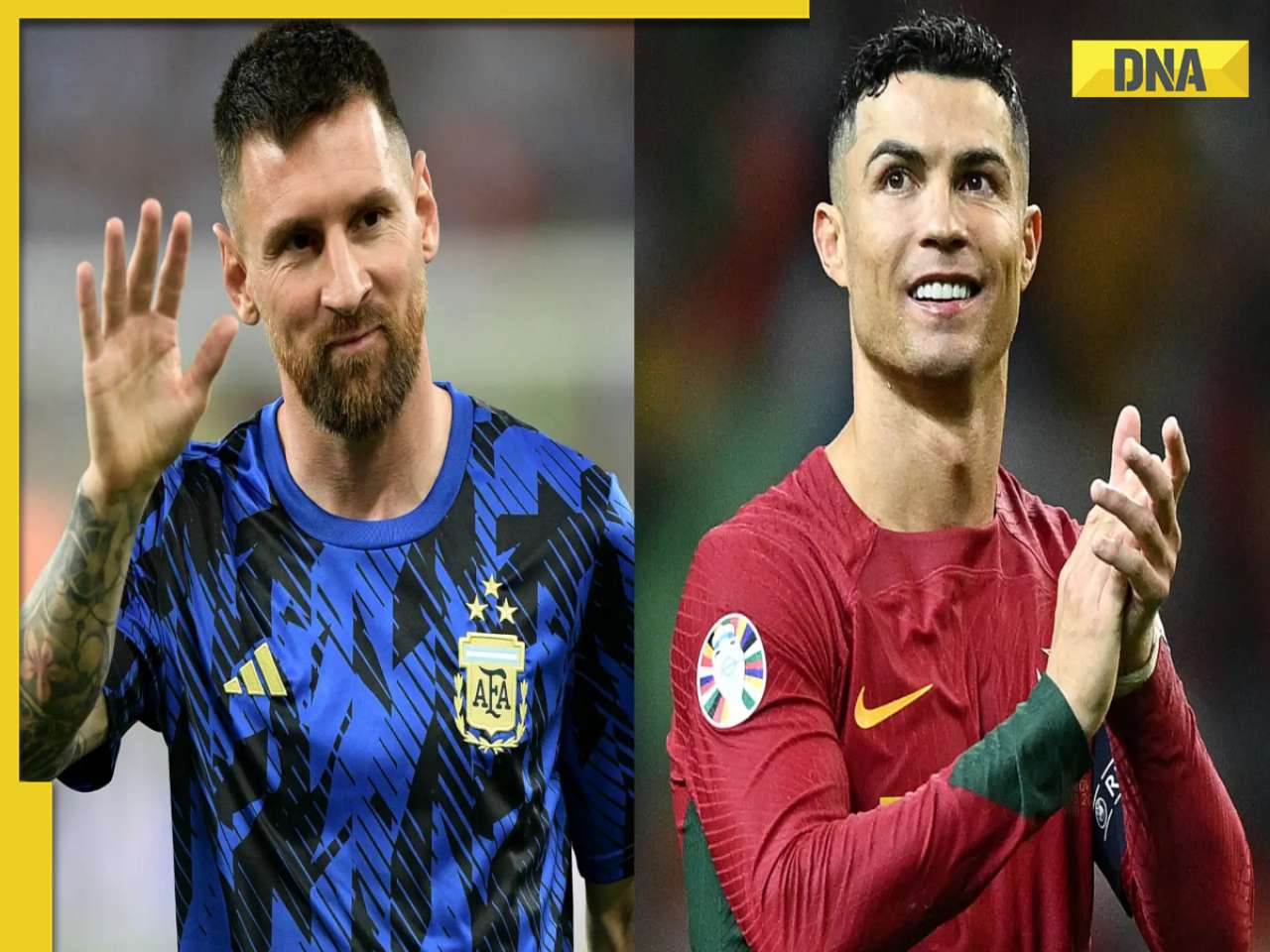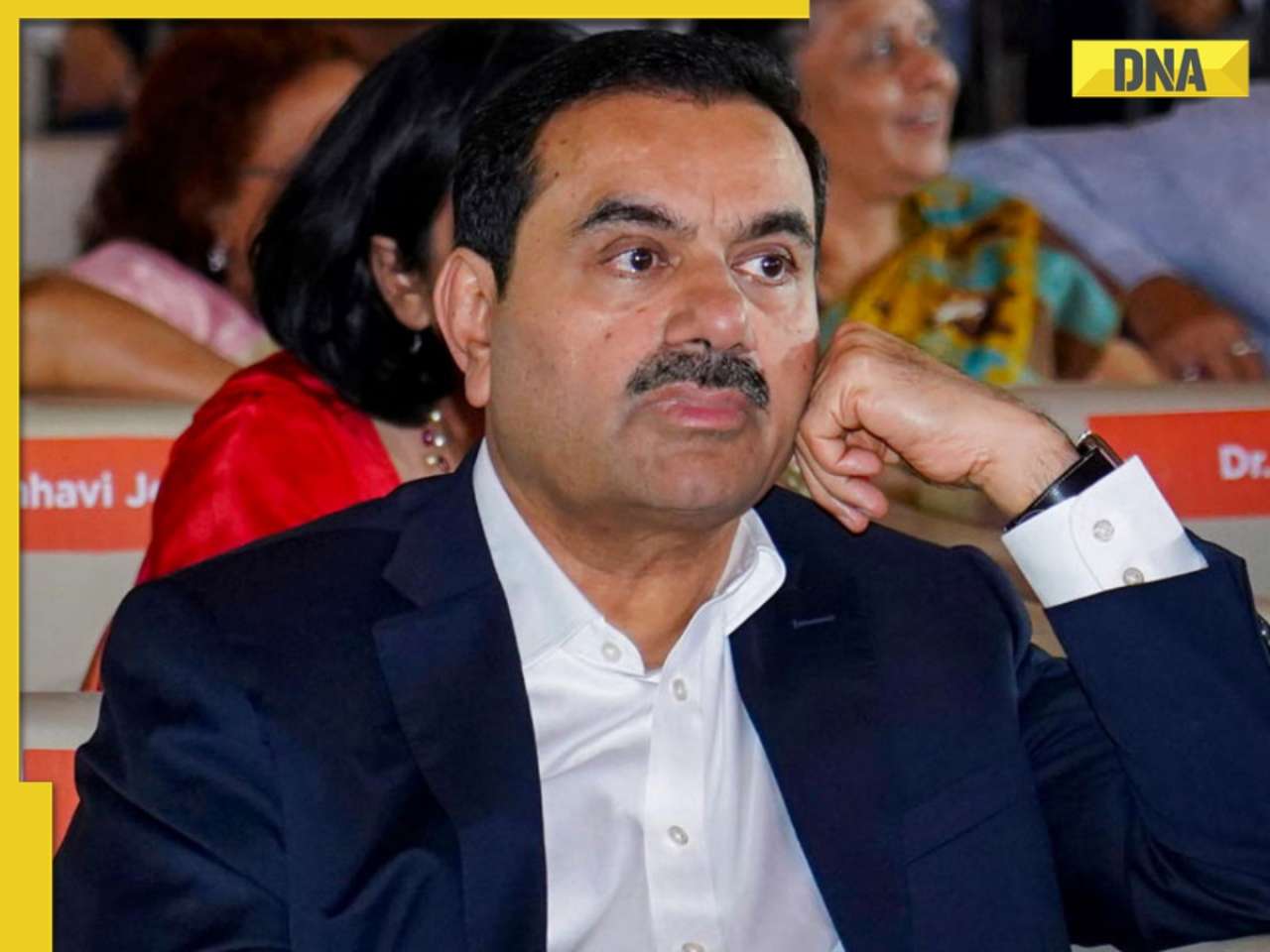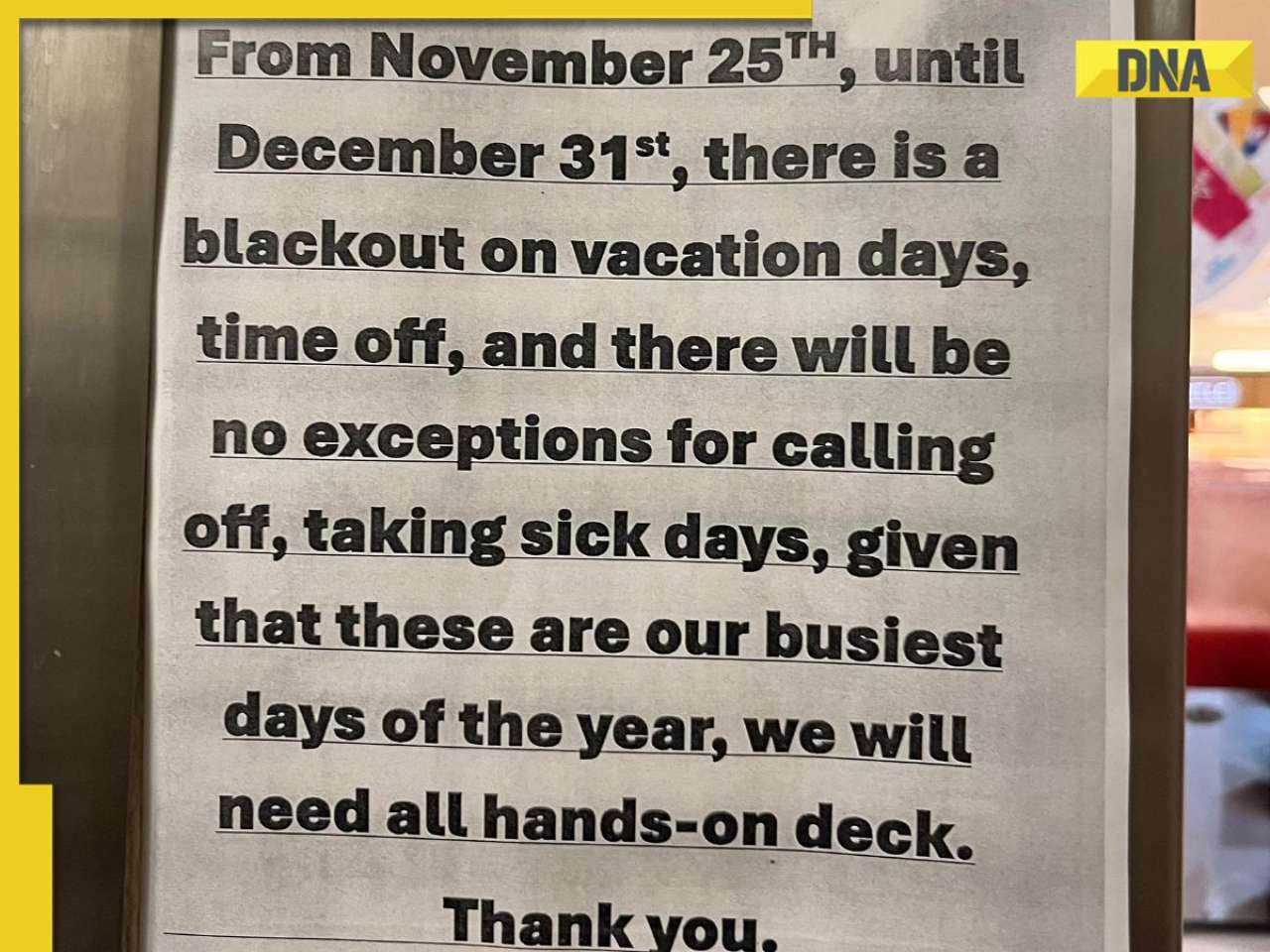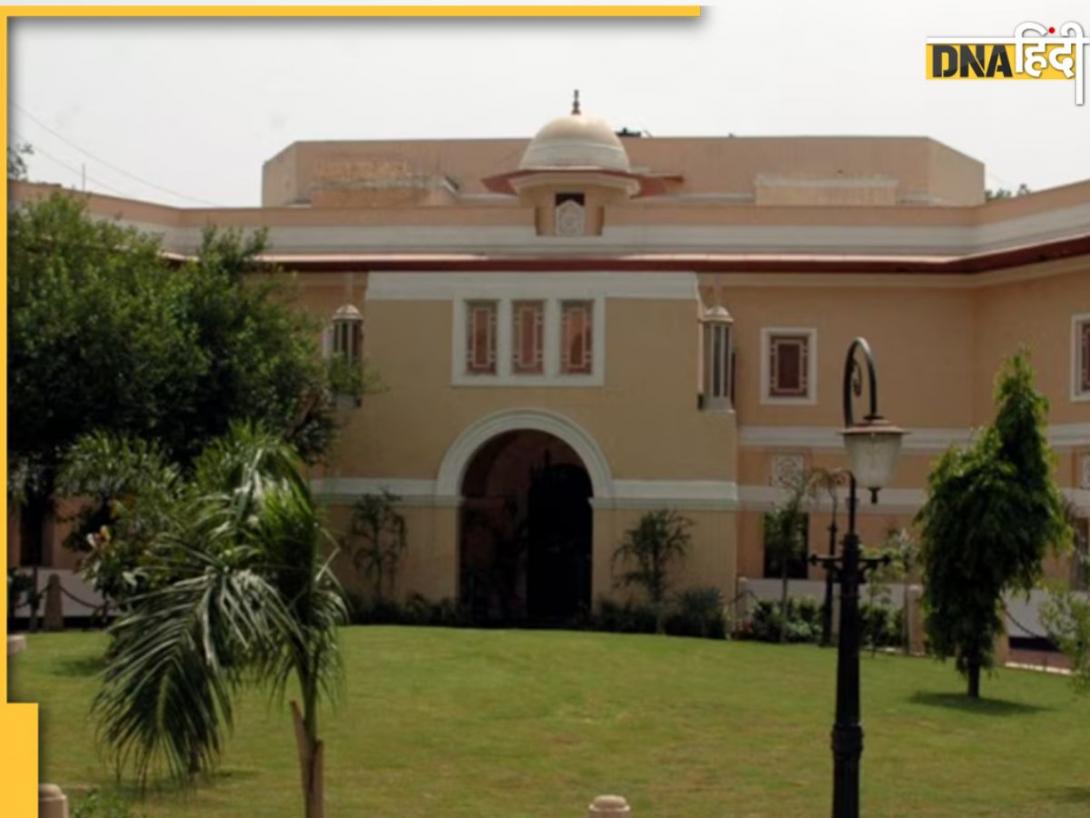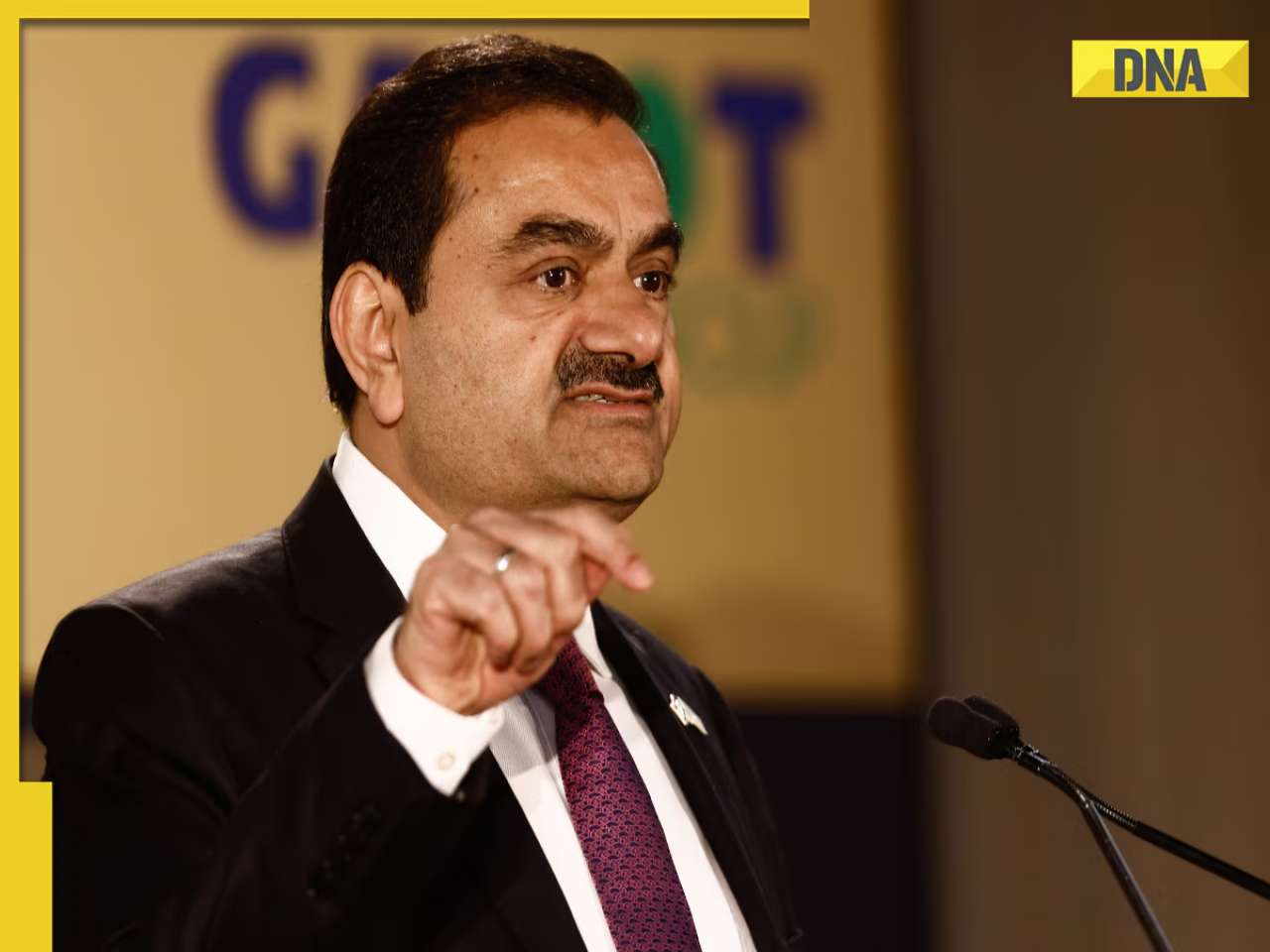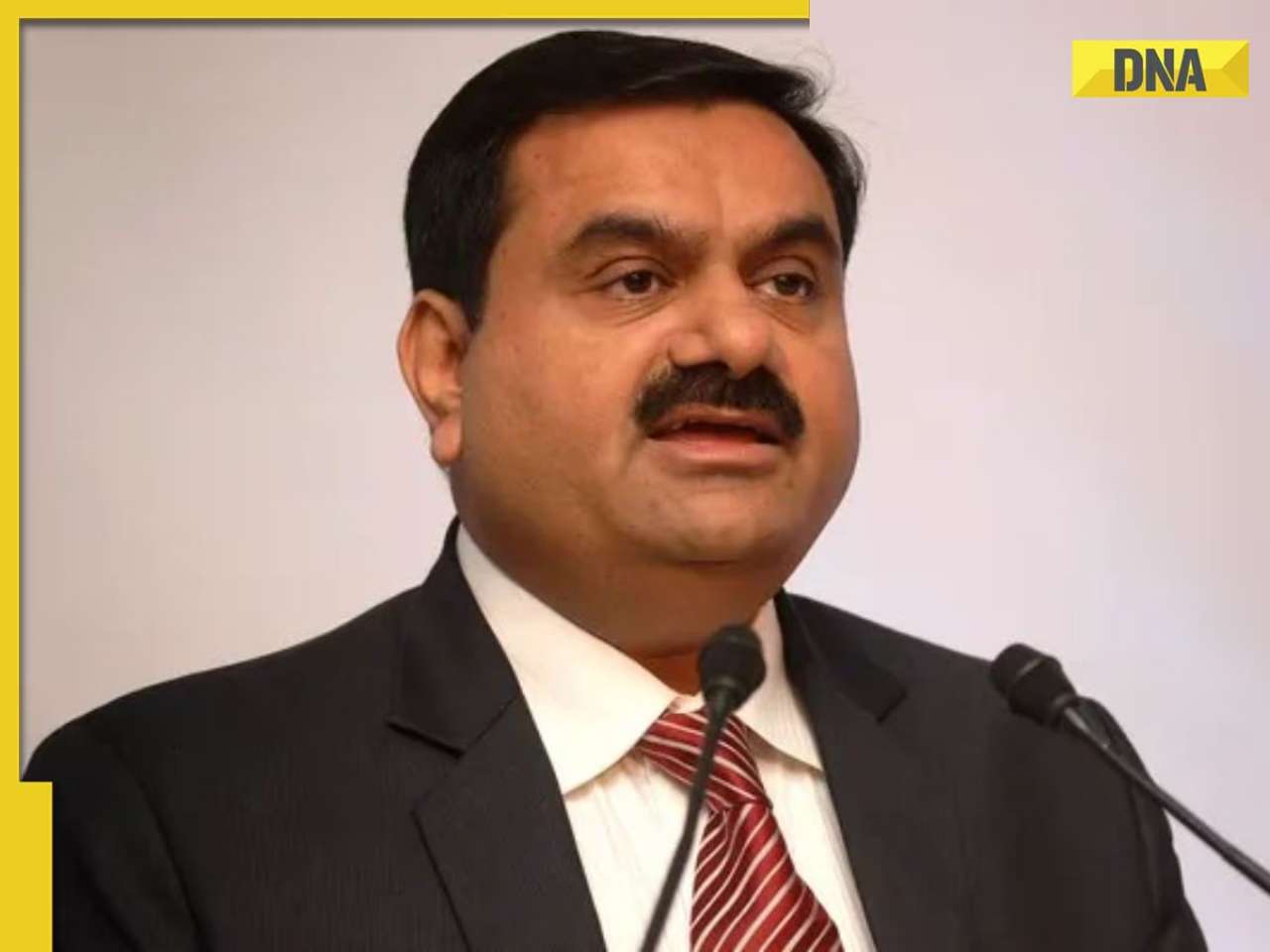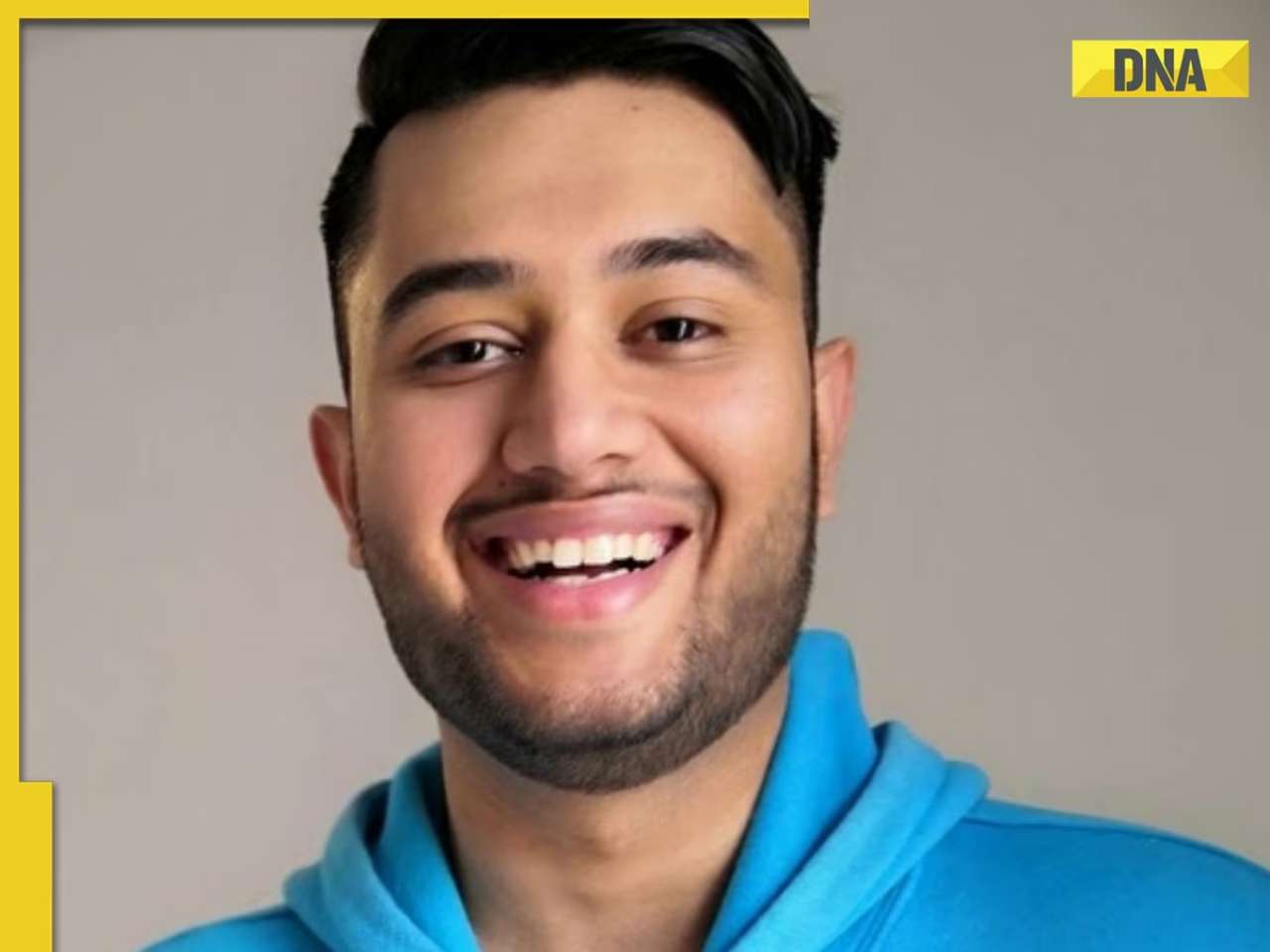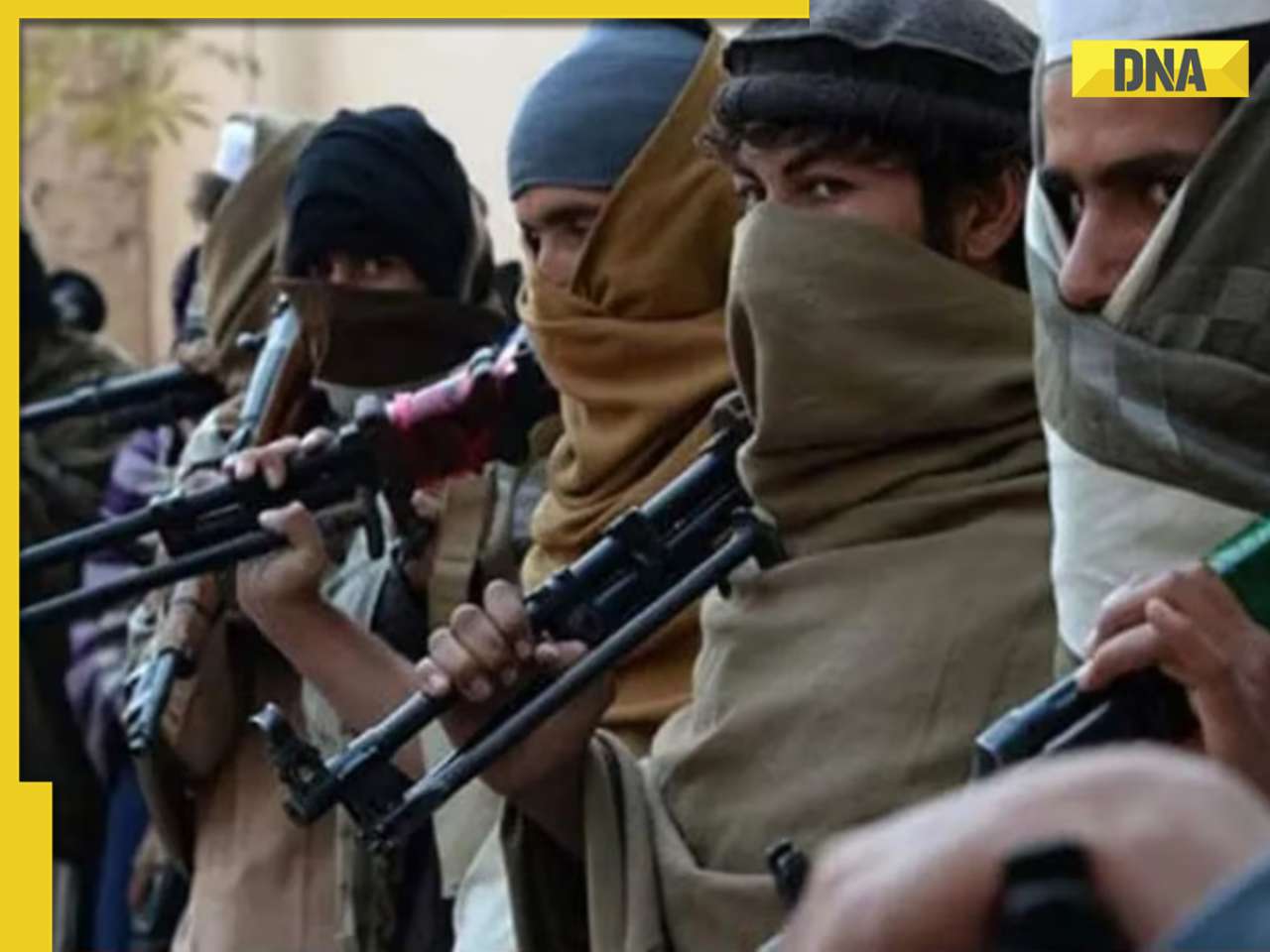- LATEST
- WEBSTORY
- TRENDING
EXPLAINER
Who Armed Hezbollah's Pagers? The unsolved case of a deadly blast
Hezbollah is a Shia Muslim group with significant political influence and the strongest military presence in Lebanon.
TRENDING NOW
At least nine people were killed and nearly 3,000 injured when pagers used by Hezbollah members, including fighters and medics, exploded simultaneously across Lebanon.
A person was seen being carried on a stretcher outside the American University of Beirut Medical Center (AUBMC) after the explosions. According to a security source, both Hezbollah fighters and medics were among the victims of the pager blasts across Lebanon, as reported by Reuters.
The explosions began around 3:30 PM (1230 GMT) in Hezbollah strongholds, including the southern suburbs of Beirut (Dahiyeh) and the eastern Bekaa valley. These blasts continued for about an hour, with witnesses and residents in Dahiyeh hearing explosions even by 4:30 PM.
According to a report by the New York Times, American and other officials stated that Israel was behind the operation. They allegedly hid explosives inside Taiwanese-made pagers imported into Lebanon, which Hezbollah had ordered from the Taiwanese company Gold Apollo.
However, Gold Apollo's founder, Hsu Ching-Kuang, denied any involvement, saying the company did not manufacture the pagers used in the blasts.
Hezbollah has accused Israel of orchestrating the detonations and has vowed to retaliate.
Hezbollah: An Overview
Hezbollah is a Shia Muslim group with significant political influence and the strongest military presence in Lebanon.
Hezbollah was formed in the early 1980s with support from Iran, a leading Shia power, to resist Israel. This was during a period when Israeli forces occupied southern Lebanon amid the country's civil war.
Since 1992, Hezbollah has taken part in national elections and become a significant political force.
Hezbollah's armed group has launched deadly attacks on Israeli and US forces in Lebanon. When Israeli troops left Lebanon in 2000, Hezbollah claimed responsibility for driving them out.
Hezbollah has kept thousands of fighters and a large stockpile of missiles in southern Lebanon. It still challenges Israel's presence in contested border regions.
Many Western countries, Israel, Gulf Arab states, and the Arab League label Hezbollah as a terrorist organization.
In 2006, a major conflict erupted between Hezbollah and Israel after Hezbollah carried out a deadly cross-border attack.
Israeli forces entered southern Lebanon to try to remove the threat from Hezbollah. However, Hezbollah survived and has since expanded its fighters and acquired more advanced weapons.
Who is Hassan Nasrallah, the Leader of Hezbollah?
Sheikh Hassan Nasrallah, a Shia cleric, has been leading Hezbollah since 1992.
He was instrumental in transforming it into both a political and military power.
He maintains strong ties with Iran and its Supreme Leader, Ayatollah Ali Khamenei.
Nasrallah hasn’t been seen in public for years, likely due to concerns about being targeted by Israel.
Despite this, he is still highly respected by Hezbollah and gives weekly speeches on television.
How Strong Are Hezbollah's Forces?
Hezbollah is one of the world's most heavily armed non-state military groups, supported by Iran.
Hassan Nasrallah claims it has 100,000 fighters, but independent estimates suggest between 20,000 and 50,000.
Many members are experienced and have participated in the Syrian civil war.
According to the Center for Strategic and International Studies, Hezbollah has around 120,000 to 200,000 rockets and missiles.
Most are small, unguided surface-to-surface rockets, but they also have anti-aircraft, anti-ship, and guided missiles capable of reaching deep into Israel.
Their weapons are more advanced than those of Hamas in Gaza.
Could Hezbollah Engage in War with Israel?
The occasional clashes intensified on October 8, 2023, following a major attack on Israel by Hamas from Gaza. Hezbollah fired at Israeli positions to show support for the Palestinians.
Since then, they have launched over 8,000 rockets at northern Israel and the Golan Heights, used anti-tank missiles on armored vehicles, and attacked military targets with explosive drones.
Lebanon's health ministry reports that since October 2023, at least 589 people have died, mostly Hezbollah fighters, along with 137 civilians.
In Israel, officials report at least 25 civilian and 21 soldier deaths due to the attacks.
Nearly 200,000 people have been displaced on both sides of the border.
Observers note that both sides have so far tried to limit the conflict, but there are concerns it could escalate into a full-scale war.
Concerns grew after 12 children were killed in a rocket attack in the Israeli-occupied Golan Heights on July 27. Israel blamed Hezbollah, but the group denied it.
On July 30, the IDF announced it had killed senior Hezbollah military leader Fuad Shukr in an airstrike in Beirut.
The next day, Hamas political leader Ismail Haniyeh was killed in Tehran. Israel did not confirm or deny involvement.
Since then, the region has been tense, awaiting a response from Hezbollah and Iran, both of whom have vowed to retaliate against Israel.
The US is trying to reduce tensions by negotiating a ceasefire and hostage release in Gaza, urging Israel and Hamas to agree. Hezbollah stated it will only cease hostilities when the fighting in Gaza stops.
(The author of this article is a Defence, Aerospace & Political Analyst based in Bengaluru. He is also Director of ADD Engineering Components, India, Pvt. Ltd, a subsidiary of ADD Engineering GmbH, Germany)
(Disclaimer: The views expressed above are the author's own and do not reflect those of DNA)
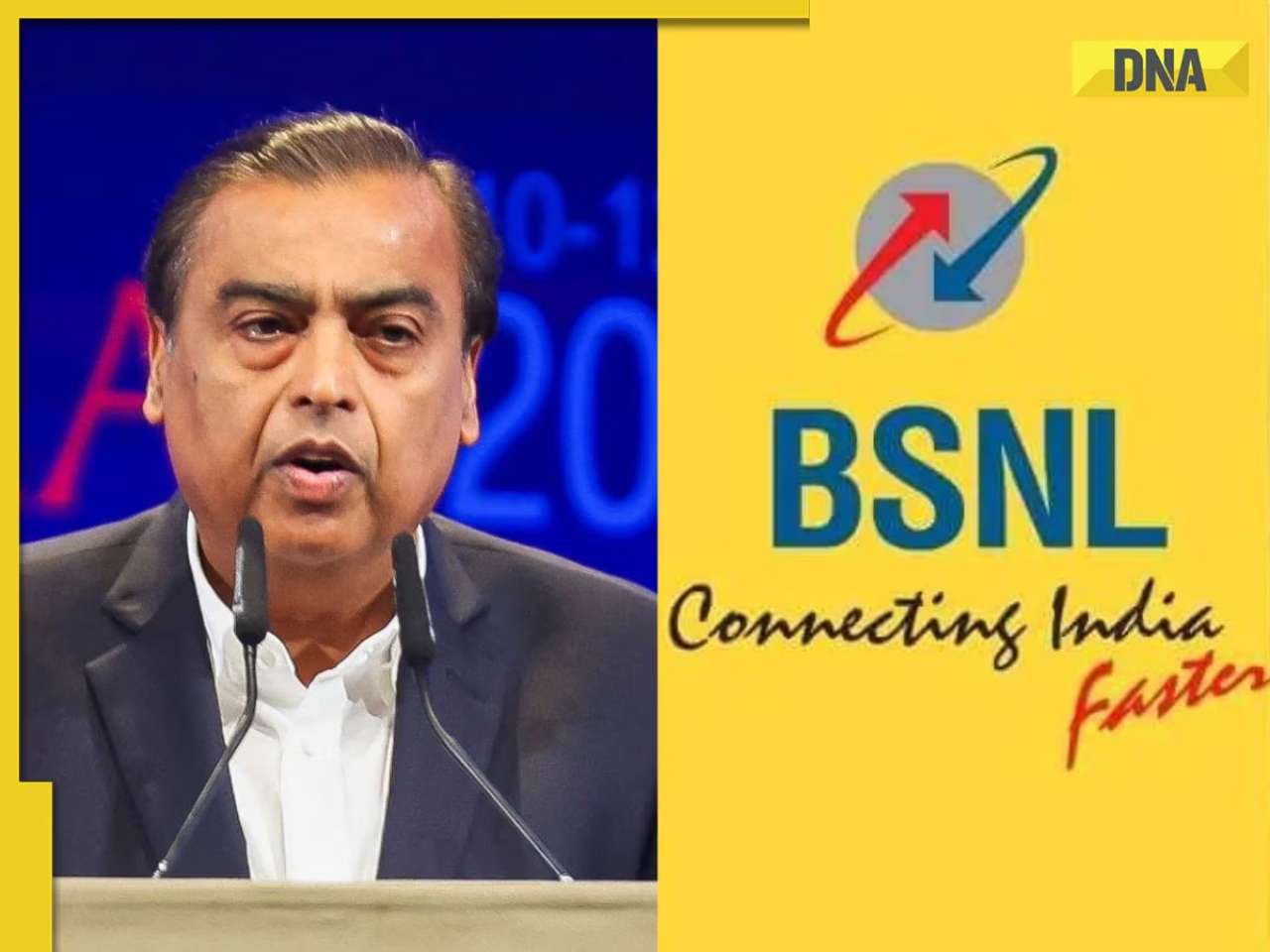
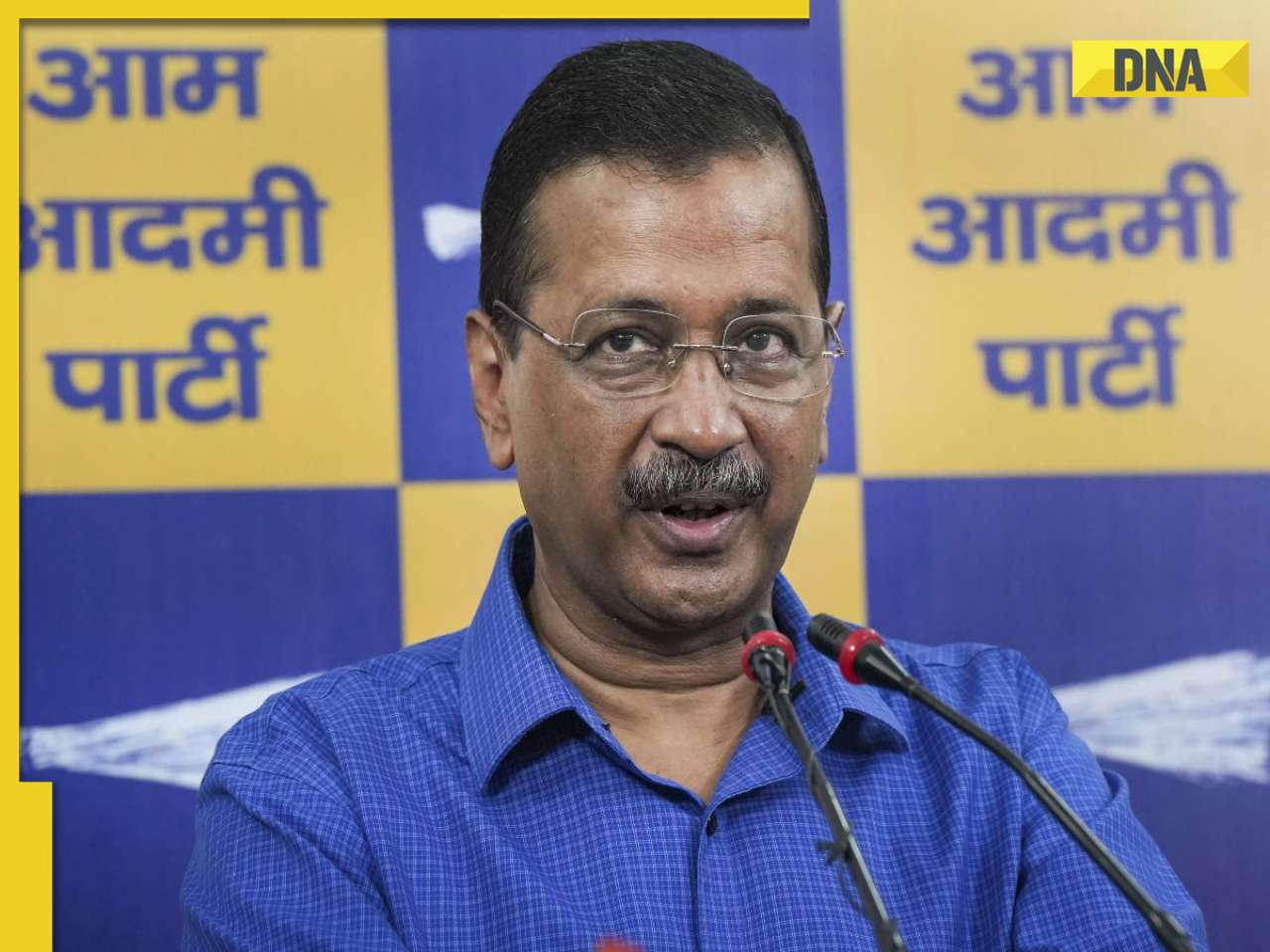
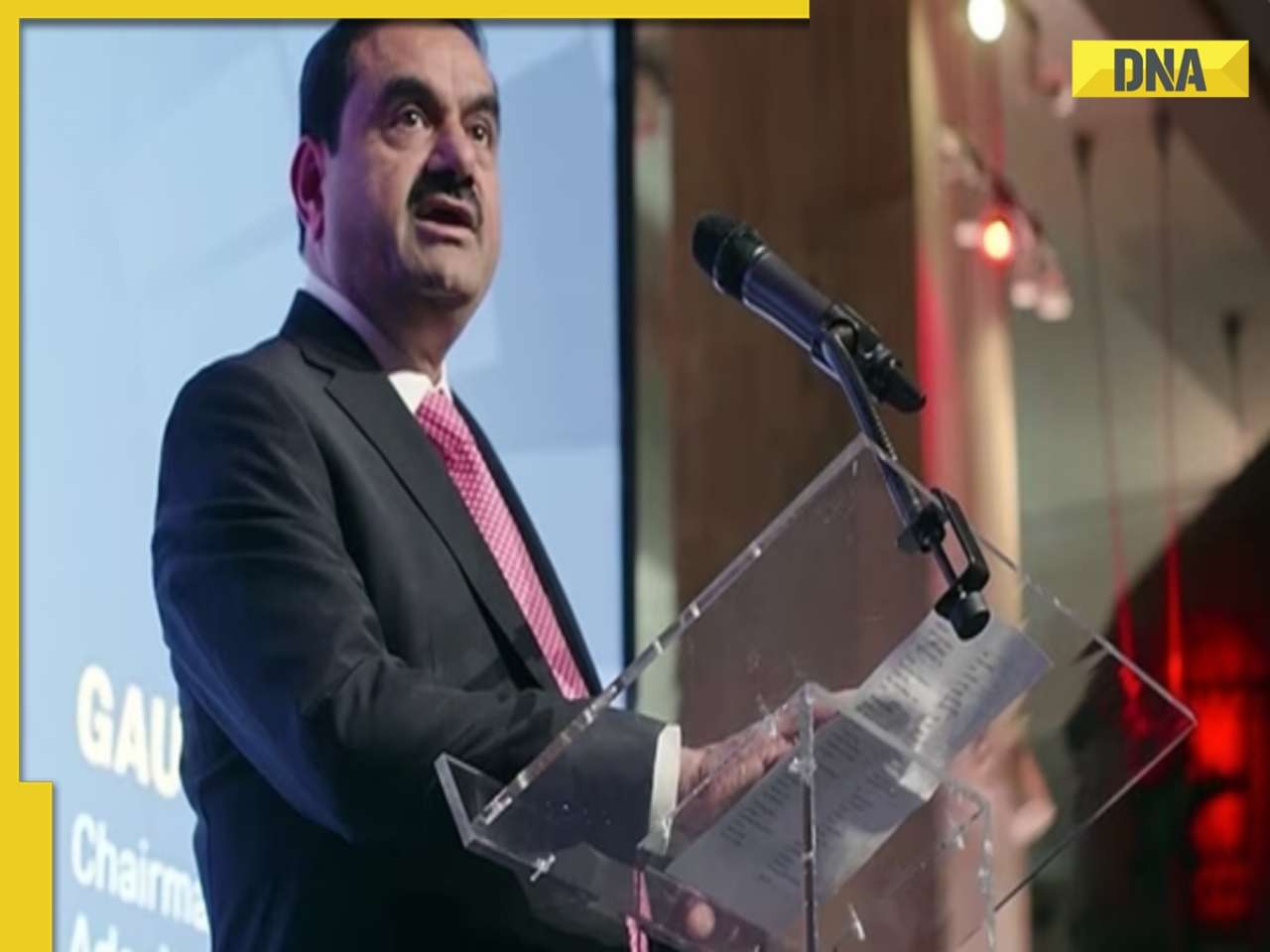




)
)
)
)
)
)
)
)
)
)
)
)
)
)
)
)






